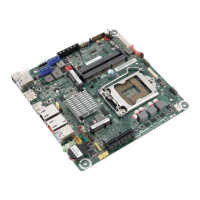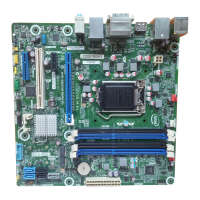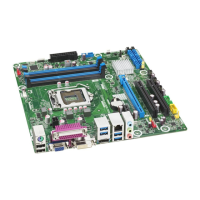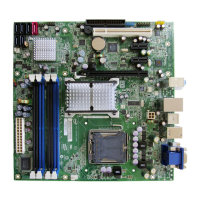Product Description
29
• Remote troubleshooting and recovery that can significantly reduce desk-side visits
and potentially increasing efficiency of IT technical staff.
⎯ System event log
⎯ IDE Redirection (IDE-R) or PXE boot: remote CD or network drive boot
⎯ Serial over LAN
⎯ OOB diagnostics
⎯ Remote control
⎯ Operating system repair
• Proactive alerting that decreases downtime and minimizes time to repair.
⎯ Programmable policies
⎯ Operating system lock-up alert
⎯ Boot failure alert
⎯ Hardware failure alerts
• Third party non-volatile storage that prevents users from removing critical
inventory, remote control, or virus protection agents.
⎯ Nonvolatile storage for agents
⎯ Tamper-resistant
• Remote hardware and software asset tracking that eliminates time-consuming
manual inventory tracking, which also reduces asset accounting costs.
⎯ E-Asset Tag
⎯ HW/SW inventory
• System Defense 2. In addition to the in-bound and out-bound packet filtering of
the previous generation, System Defense 2 is an Intel AMT feature that uses
advanced heuristics to help protect against the propagation of worms through the
use of preset packet filters. The number of new connections made to a specific
port or IP address are counted over a specific time window. If a preset threshold is
exceeded, it will alert the Management Console and suspend the client’s network
activity until the system can be remediated.
• Remote Configuration (RCFG) minimizes the cost to deploy Intel AMT by
eliminating the need for IT personnel to touch each client system prior to
configuration. Remote Configuration consists of a single OEM BIOS/Firmware
image that provides the Intel AMT client with information to authenticate
connections and allows it to remotely perform a secure setup procedure. IT
departments must acquire an appropriate Intel AMT-trusted certificate as well as
use a remote management application that supports Remote Configuration.
Remote Configuration also requires the use of automatic IP addressing (DHCP).
